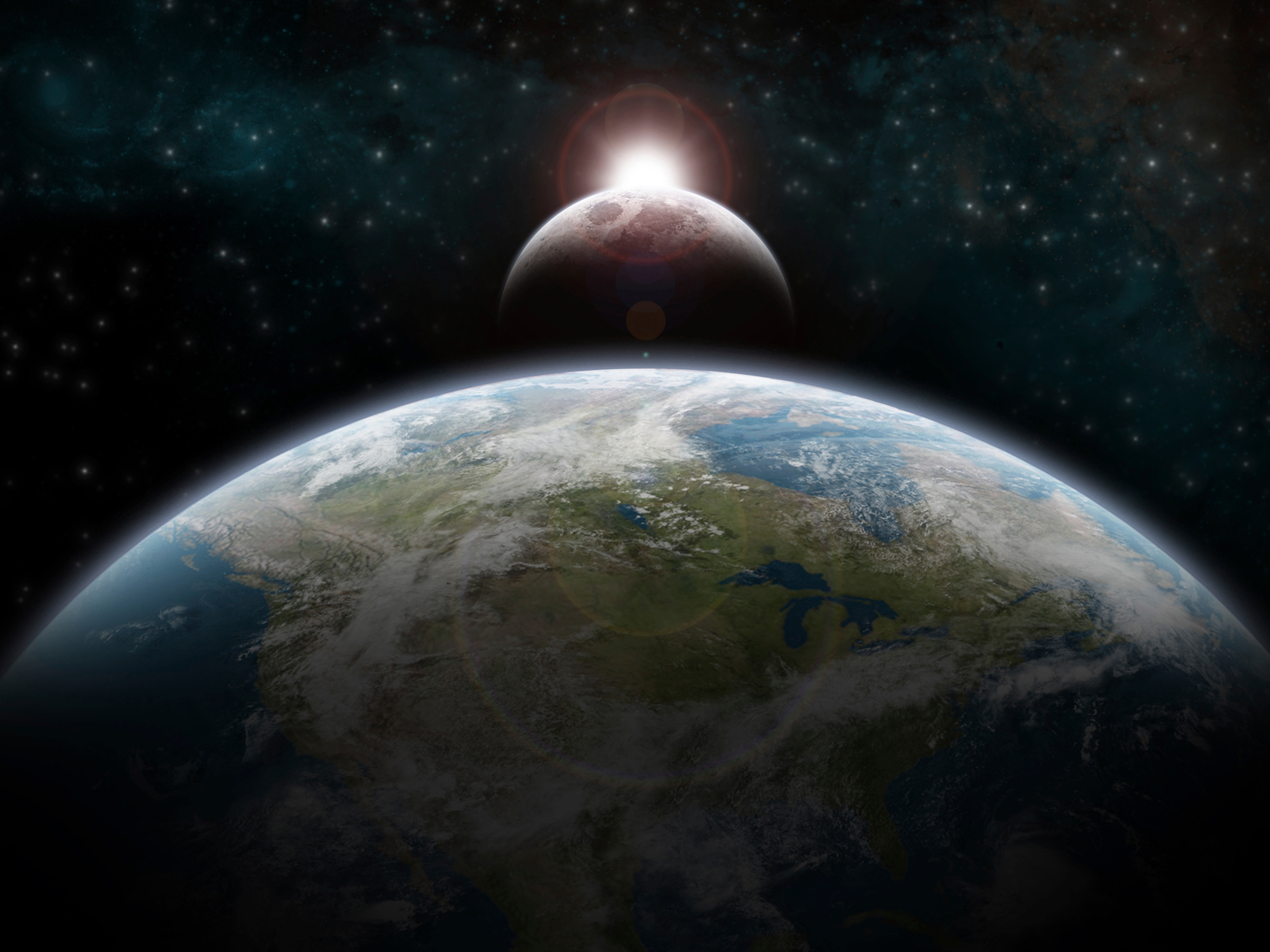- SpaceX plans to launch two paying customers around the moon in late 2018. The company, founded by Elon Musk, plans to use its new Dragon 2 space capsule and Falcon Heavy rockets to complete the mission. The trip would take about a week and may cost more than $300 million. Musk says he’d give the first mission to NASA instead of private investors if the space agency desires.
During a conference call with reporters on Monday, Elon Musk said SpaceX will launch two private investors on a roughly one-week mission around the moon.
“I hope this gets people really excited about sending people into deep space again,” Musk said.
The two passengers aren’t ready to disclose their identity or other details about their background, Musk said. However, he did say the two prospective space tourists knew each other, were private citizens – though not anyone “from Hollywood” – and were “very serious” about making the trip.
“They have placed a significant deposit,” Musk said.
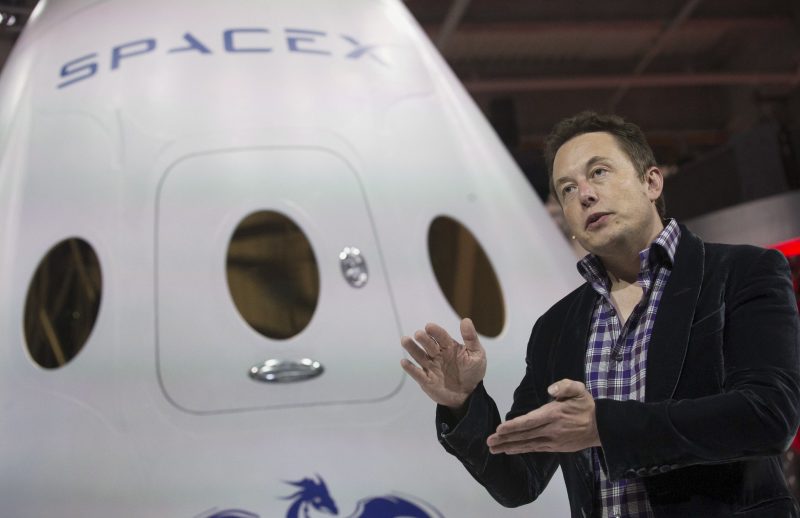
While Musk would not disclose the mission's cost, saying it was confidential, he estimated the price at a "little more" than a crewed flight to and from the International Space Station aboard a Dragon 2 spacecraft.
According to a presentation given by a NASA official in May 2016, each seat aboard a Dragon 2 should cost $58 million. While the space agency plans to fly about four astronauts per ISS mission, SpaceX's ship can seat up to seven people - bringing the per-mission cost to roughly $230 million, or possibly in excess of $300 million.
"There's a market for at least one or two of these per year," Musk said, adding that lunar flyby missions might eventually constitute 10% to 20% of SpaceX's revenue each year.
Musk flagged one important caveat, however.
"If NASA desires to have this mission," he said, "NASA would take priority."
NASA, which has contracted SpaceX for crew and cargo flights to the ISS, told Business Insider in an emailed statement that it "commends its industry partners for reaching higher."
However, NASA seemed to indicate that it plans to continue developing its own hardware for deep-space missions.
"NASA is changing the way it does business through its commercial partnerships to help build a strong American space economy and free the agency to focus on developing the next-generation rocket, spacecraft, and systems to go beyond the moon and sustain deep space exploration," the statement said.
How Musk's private moon mission might play out
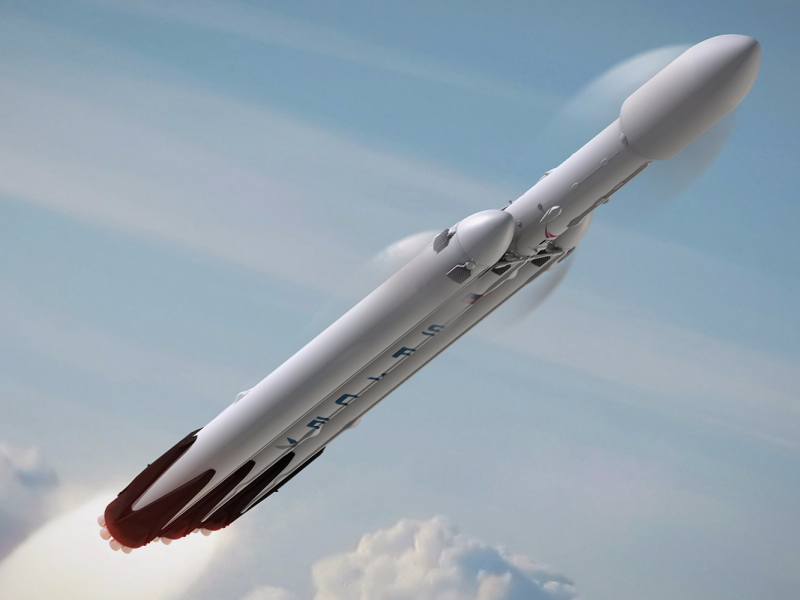
The as-yet-unnamed crew will ride a fully autonomous version of the company's Dragon 2 spacecraft - apparently with no human pilot.
"There will be training for emergency procedures," Musk said.
SpaceX plans to launch the mission in the fourth quarter of 2018 aboard the Falcon Heavy, a new "super heavy-lift" rocket system the company hopes to debut in a maiden flight sometime in 2017. It's expected to cost about $90 million per launch.
The private moon mission would depart from Launchpad 39A at Cape Canaveral - the same pad Apollo astronauts launched from in the 1960s and 1970s.
From there, Musk said, they will "skim the surface of the moon" in a wide loop, go out past the moon, travel into deep space, and then return to Earth.
When asked by reporters about the risk of the mission, Musk said the two-person crew was "certainly not naive."
"I think they're going in with their eyes open, knowing that there is some risk here," he said. "We're doing everything we can to minimize that risk, but it's not zero."
A stepping stone to Mars
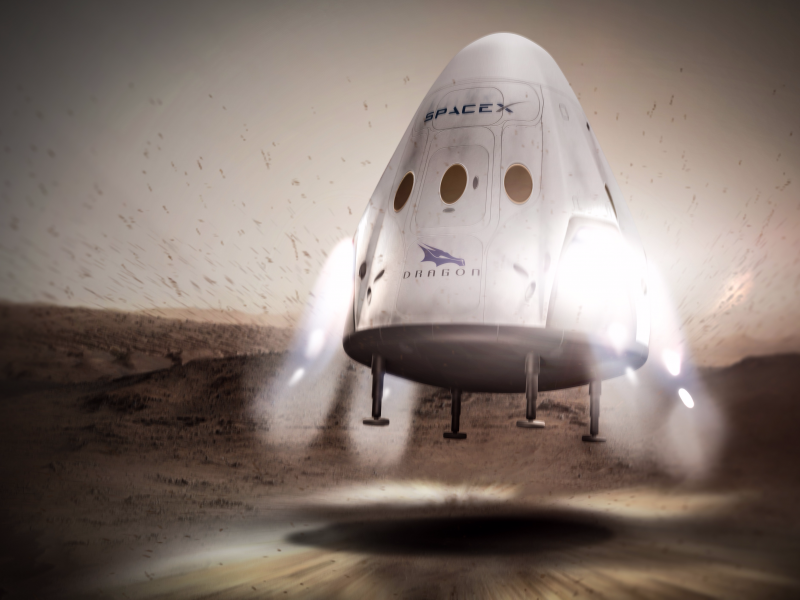
Many details about the mission have yet to be released - including the names of the tourists, the profile of their mission, what spacesuits and other equipment will be used, whether the Federal Aviation Administration will give SpaceX its go-ahead, what emergency preparations and support might be available, and so on.
The immediate lack of such information made some experts uneasy.
Chris Newman, an expert on space policy and law at the University of Sunderland in the UK, said in a statement emailed to Business Insider that the aggressive timeline and budget are "extremely ambitious, and it remains to be seen if the practical difficulties associated with human spaceflight can match this ambition."
Others experts were more immediately optimistic about SpaceX's plans.
"As we've come to expect, this is an exciting announcement from SpaceX that will move the ball forward on space exploration," Phil Larson, a former Obama administration space policy adviser and former SpaceX employee, told Business Insider in an emailed statement. "It will also act as a stepping stone for the eventual human exploration of Mars, which is everyone's ultimate goal."
Larson, now an assistant dean at Colorado University's College of Engineering and Applied Sciences, said Musk's timing is opportune "as a new administration grapples with their plans for NASA."
"This goes to show that America's commercial space industry is ready to go beyond Low Earth Orbit not in 10 years, but now," he said. "It makes sense for NASA to partner more and more with these companies in innovative ways, leaving the government to focus on basic space technology research needed to lower the cost of doing business in space."
Read SpaceX's full statement
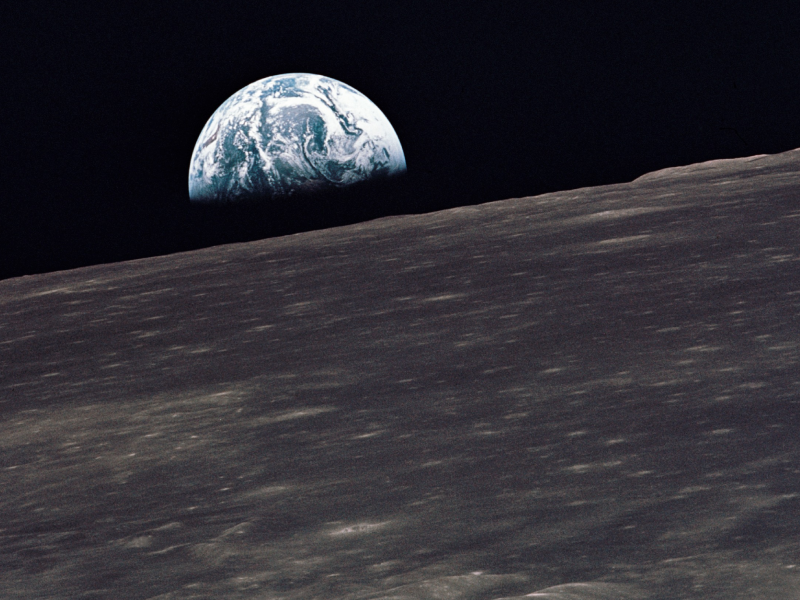
Here's the full statement from SpaceX about the mission:
SpaceX to Send Privately Crewed Dragon Spacecraft Beyond the Moon Next Year
We are excited to announce that SpaceX has been approached to fly two private citizens on a trip around the moon late next year. They have already paid a significant deposit to do a moon mission. Like the Apollo astronauts before them, these individuals will travel into space carrying the hopes and dreams of all humankind, driven by the universal human spirit of exploration. We expect to conduct health and fitness tests, as well as begin initial training later this year. Other flight teams have also expressed strong interest and we expect more to follow. Additional information will be released about the flight teams, contingent upon their approval and confirmation of the health and fitness test results.
Most importantly, we would like to thank NASA, without whom this would not be possible. NASA's Commercial Crew Program, which provided most of the funding for Dragon 2 development, is a key enabler for this mission. In addition, this will make use of the Falcon Heavy rocket, which was developed with internal SpaceX funding. Falcon Heavy is due to launch its first test flight this summer and, once successful, will be the most powerful vehicle to reach orbit after the Saturn V moon rocket. At 5 million pounds of liftoff thrust, Falcon Heavy is two-thirds the thrust of Saturn V and more than double the thrust of the next largest launch vehicle currently flying.
Later this year, as part of NASA's Commercial Crew Program, we will launch our Crew Dragon (Dragon Version 2) spacecraft to the International Space Station. This first demonstration mission will be in automatic mode, without people on board. A subsequent mission with crew is expected to fly in the second quarter of 2018. SpaceX is currently contracted to perform an average of four Dragon 2 missions to the ISS per year, three carrying cargo and one carrying crew. By also flying privately crewed missions, which NASA has encouraged, long-term costs to the government decline and more flight reliability history is gained, benefiting both government and private missions.
Once operational Crew Dragon missions are underway for NASA, SpaceX will launch the private mission on a journey to circumnavigate the moon and return to Earth. Lift-off will be from Kennedy Space Center's historic Pad 39A near Cape Canaveral - the same launch pad used by the Apollo program for its lunar missions. This presents an opportunity for humans to return to deep space for the first time in 45 years and they will travel faster and further into the Solar System than any before them.
Designed from the beginning to carry humans, the Dragon spacecraft already has a long flight heritage. These missions will build upon that heritage, extending it to deep space mission operations, an important milestone as we work towards our ultimate goal of transporting humans to Mars.
This story has been updated.

